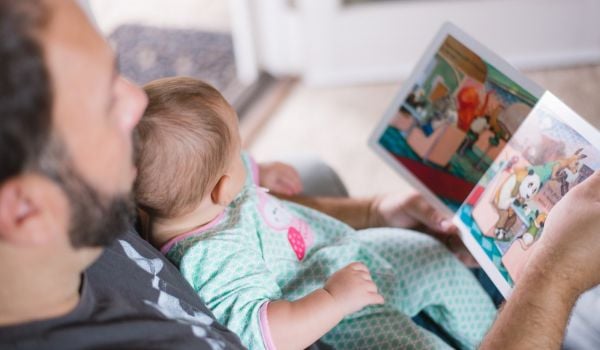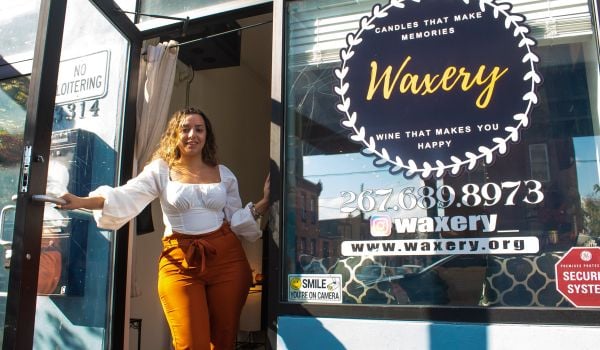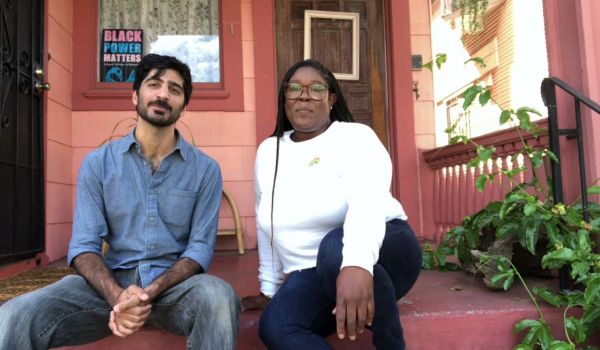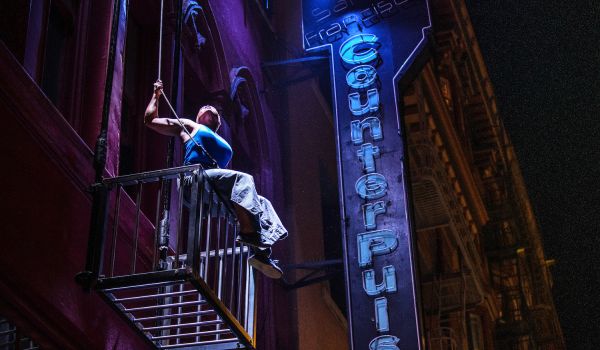In Cincinnati’s predominantly black South Cumminsville neighborhood, Working in Neighborhoods (WIN) got started in 1978, teaching residents how to organize and advocate around issues tied to quality of life — utility reform, quality affordable housing, decreasing crime. In 1981, motivated by residents’ desire to own decent homes, WIN began developing properties and providing homeownership classes and counseling. Working with local banks, such as Fifth Third Bank, WIN officials estimate they’ve helped bring $300 million in investments into South Cumminsville and other neighborhoods where they now work.
But the flood of subprime mortgages in the early 2000s, which eventually led to the Great Recession, affected such partnerships. “[Fifth Third Bank was] one of the largest mortgage lenders in our communities,” says Sister Barbara Busch, executive director of WIN. “I felt like we had built that up in the early ’90s and then it just went to heck in a handbasket.”
During the financial crisis, lower-income and minority neighborhoods were the first to be targeted with subprime mortgages. Families would come to WIN and say they were losing their homes, Busch recalls. On a street where the average cost for a house was $60,000, Busch says, families were coming in with loans for $150,000, with a 15 percent interest rate and a six-month adjustable rate mortgage with the ability for the rate to go up every six months.
“They thought they had gotten themselves a grand deal, because other people had turned them down,” she says. “I kind of chuckle to myself when people say ‘they should have known better.’ I heard bankers say they didn’t know anything, they didn’t know what was happening. How is it our folks are supposed to know better when the bankers didn’t know, and they’ve got all the education and all the systems that should be screening these things. That standard never passed the test, to me.”
After the crisis, the lending very nearly stopped, especially in Cincinnati’s neighborhoods of color. The city’s population is 42 percent black, but from 2011 to 2015, only 4.2 percent of single-family home loans from Fifth Third Bank and its affiliated mortgage company went to Cincinnati’s black households. For comparison, Wells Fargo was better, but not by much: Over the same timeframe, just 5.9 percent of Wells Fargo single-family home loans went to black households in Cincinnati.
Now, thanks to the D.C.-based National Community Reinvestment Coalition (NCRC), organizations like WIN are seeing a bit more money flow.
In 2016, WIN was among the 145 organizations across 10 states that signed onto a landmark $30 billion, five-year community development plan with Fifth Third Bank. Under the 1977 Community Reinvestment Act (CRA), communities can negotiate such plans to ensure that banks offer fair lending and equitable service, no matter the neighborhood. (While the law still gets blamed for pushing banks into making the bad loans to poor people that caused the crisis, that myth has been debunked over and over and over again.)
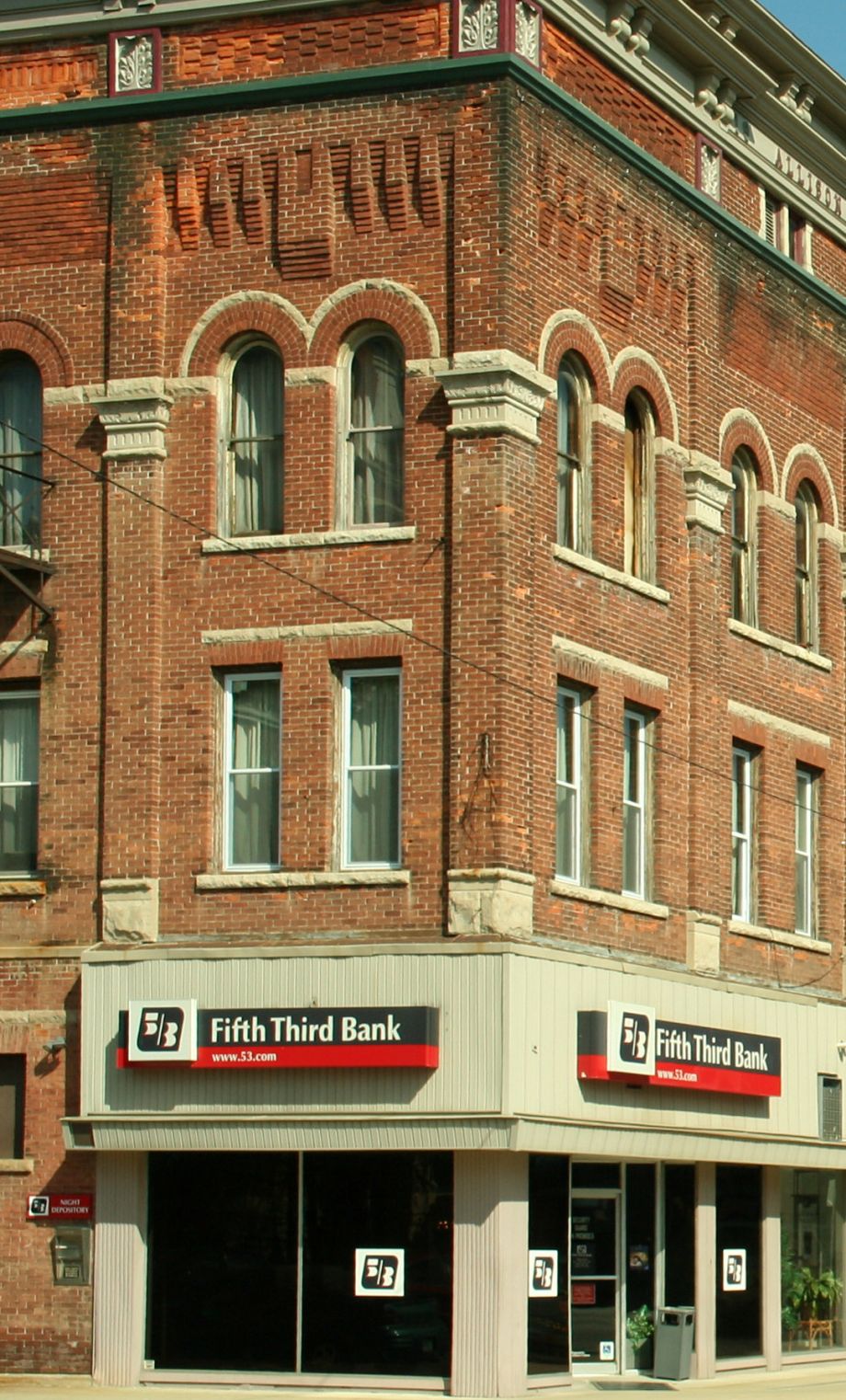
“I have seen a loan or two in the past six months where we haven’t seen in a long time,” says Busch. “So they’re at least out there selling the loans.”
The Fifth Third Bank deal was one of three that NCRC made happen last year, all coincidentally with Ohio-based banks. Columbus-based Huntington Bank entered into a $16.1 billion community reinvestment plan, and Cleveland-based KeyBank entered into a $16.5 billion community reinvestment plan. In terms of dollar amount and grassroots involvement, the Fifth Third Bank reinvestment plan alone is the largest NCRC says it has ever done. To have had $62.6 billion in reinvestment commitments made in one year is a massive windfall. (The other two agreements came later in the year, and haven’t reported any activity yet.)
“It was a banner year,” says Nicole Barden, NCRC’s director of membership and organizing. “What you’re seeing is the impact of years and years of conversations with regulators and with banks, continuing to be vigilant, pointing out why we think a bank’s performance might be below par and about the nuances of how bank examiners do their examinations.”
The Community Reinvestment Act gave regulators authority to periodically examine a bank’s record of meeting the credit needs of the communities where it does business. Regulators may then take those records into consideration when banks apply to open or close branches or when banks seek approval for a merger or acquisition. Failing a periodic CRA exam can mean serious consequences for banks — immediate moratoriums of at least one year on all branch closures or openings, denials of mergers or acquisitions, or other sanctions on growth. Regulators review banks every three to five years, depending on factors such as the size of the bank and its past performance.
But the law doesn’t spell out exactly how regulators must determine a bank’s record of “meeting the credit needs of communities.” Earlier laws, like the 1965 Home Mortgage Disclosure Act, provide a source of data regulators typically use to determine whether a bank is discriminating against low-income loan applicants or people of color. Violations of the 1968 Fair Housing Act or the 1974 Equal Credit Opportunity Act can also come into regulators’ consideration of a bank’s CRA performance. In addition to all of that, CRA examiners have the authority to consider data and perspective from community voices like those of WIN’s Busch and other NCRC members.
“We often talk about CRA as being the last major piece of civil rights legislation,” Barden adds. “A lot of the community development industry came out of the civil rights movement.”
Busch also views CRA regulation as a civil rights issue. “There’s no question that the banks have not served the minority community on an equal basis, and it needs to happen,” she says. “It’s been the law of the land for a long time.”
Based in Dayton, Ohio, Catherine Crosby participated in all three Ohio bank reinvestment plan negotiations last year. Crosby is executive director of the city’s Human Relations Council, which is responsible for local enforcement of civil rights, anti-discrimination and fair lending laws, among other things. Crosby is also a member of NCRC’s board of directors.
“It’s not just on the banks to make sure they’re successful in this process,” Crosby says, “The banks need to work with the community and we need to be supportive of making sure they know how this investment needs to happen. We can’t just say ‘hey we want $30 billion, what are you going to do.’ We felt like we need to be responsible and say what do we really need.”
Hector Hernandez also participated in the Fifth Third negotiations, as executive director of Southwest Economic Solutions in Detroit, where Fifth Third has a presence. He attended a regional gathering as part of the negotiation process. After a kickoff meeting in D.C., NCRC organized regional gatherings in Chicago, Charlotte, Cincinnati, Cleveland and Tampa Bay.
In Chicago, Hernandez recalls a key discussion about bank staffing. “Where are loan officers, what do they look like, are they culturally competent,” he says. Even though it was a room full of bank watchdog groups and community development organizations alongside top bank executives, the congenial tone of the conversation struck Hernandez.
“The reality was, the data really drove and disarmed what could have been an antagonistic process,” Hernandez says. “What lending is happening, where are deposits, what community development loans are they making.”
Community voices are particularly powerful under two key conditions. First, after a merger application, communities have 30 days to comment on either bank’s record of meeting their needs, with an additional 30-day extension upon request. The Huntington and KeyBank plans last year were both tied to merger applications. NCRC keeps an eye on local news around the U.S. for merger announcements, and provides technical support for members who may want to comment or participate in a reinvestment plan negotiation. Regulators may require banks to work with community groups, and may only approve mergers that have an agreed-upon reinvestment plan attached.
Second, while communities have opportunities to weigh in on any CRA exam while it is taking place, community voices have even greater leverage in cases when a bank has failed its last CRA exam, as was the case for Fifth Third in 2016. Unfortunately, history has shown that very few banks ever get a failing grade from regulators. According to NCRC, less than 3 percent of banks fail their CRA exam in any given year; in 2014, only 30 out of 1,728 banks failed CRA exams. NCRC and its members organizations around the country have complained for years about the remarkably low rate of banks failing CRA exams. (Wells Fargo, the nation’s largest bank, did fail its last CRA exam.)
The strategy seems to finally be paying off at a crucial time, with other community development funding sources in jeopardy. Compare the $62.6 billion committed in reinvestment plans over the next few years to just $3.2 billion in annual Community Development Block Grants (CDBGs) from the U.S. Department of Housing and Urban Development.
“I don’t think that this could replace CDBG or HOME [another federal grant program], but I would say that this is already a significant source of funding for community development and I think it could be even more significant,” says Jesse Van Tol, NCRC’s chief operating officer.
How much more significant? A few hundred or so bank mergers and acquisitions happen a year, and 40 to 50 banks undergo CRA examinations every month. Each one of those occasions is an opportunity for communities to comment on banks’ reinvestment performance.

Oscar is Next City's senior economic justice correspondent. He previously served as Next City’s editor from 2018-2019, and was a Next City Equitable Cities Fellow from 2015-2016. Since 2011, Oscar has covered community development finance, community banking, impact investing, economic development, housing and more for media outlets such as Shelterforce, B Magazine, Impact Alpha and Fast Company.
Follow Oscar .(JavaScript must be enabled to view this email address)





